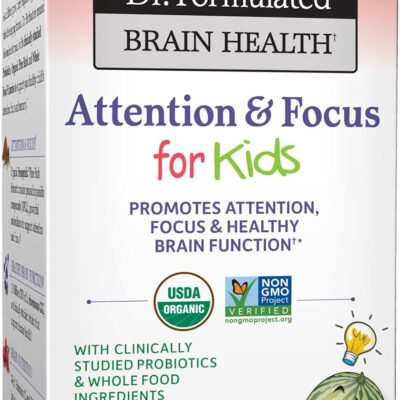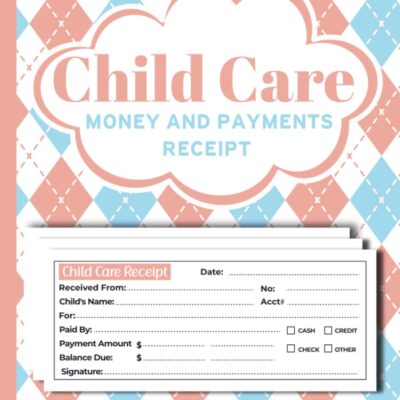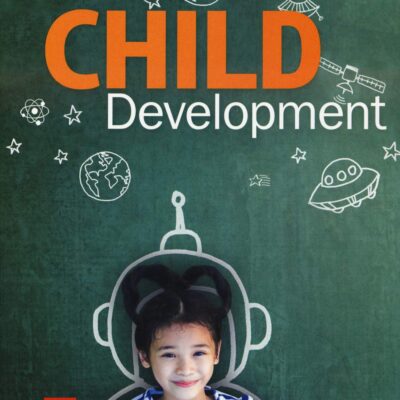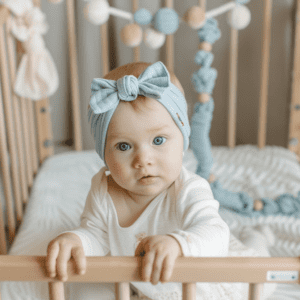
When you bring a baby into your home, suddenly becomes your priority. As parents, we always look for ways to make our homes as safe as possible for our little ones. Still, deciding where to begin can be taxing. Don’t worry – with a few essential baby safety items, you can feel more at ease knowing your baby is protected. Let’s dive into seven essential baby safety items every parent should have.
1. Baby Monitors: Your Extra Pair of Eyes and Ears
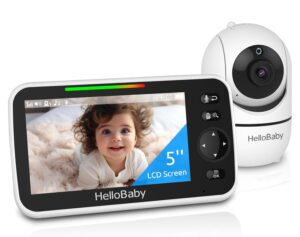
BUY NOW
$67.99
It’s impossible to keep an eye on your baby 24/7, and that’s where baby monitors come in. These little tools let you monitor your little one, even when you’re in another room. And the best part? You have options to choose from based on your needs.
- Audio Monitors are simple and effective. They let you hear when your baby is stirring, crying, or just being their noisy little self. These are great if you need to be alerted to sound.
- Video Monitors: Want to see your baby while they sleep or play? A video monitor gives you peace of mind by showing what’s happening in your room. Some even have night vision so that you can see your baby clearly in the dark.
- Smart Monitors: For those who want all the bells and whistles, smart monitors track your baby’s movements and breathing. They can send updates directly to your phone, perfect for parents who love having extra data.
Whether you choose an audio, video, or intelligent monitor, this baby safety item will let you relax a little more, knowing you can keep an eye (or ear) on your baby anytime.
2. Car Seats: Keeping Your Baby Safe on the Road
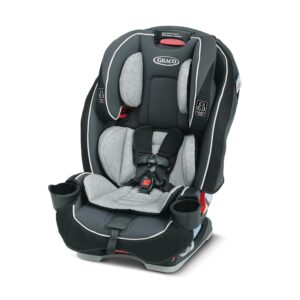
When traveling with your baby, a car seat is a non-negotiable must-have. Not only are they required by law, but they also ensure your baby is safe while you’re on the road. But with so many options, how do you pick the right one?
- Infant Car Seats: These are designed for newborns and smaller babies and are always rear-facing. The rear-facing position is the safest for protecting your baby’s head, neck, and spine during car rides.
- Convertible Car Seats: As your baby grows, they’ll eventually need a convertible car seat. These seats can be switched from rear-facing to forward-facing, making them a longer-lasting option.
- Proper Installation: It’s crucial to install your car seat correctly. Many car seats now have easy-to-use installation systems like LATCH or seatbelt lock-offs. A poorly installed car seat can’t do its job correctly, so double-check that it’s secure.
Having a reliable car seat is essential every time you leave the house. Ensure it’s installed correctly and suitable for your baby’s age and weight.
3. Baby Gates: Keeping Danger Out of Reach
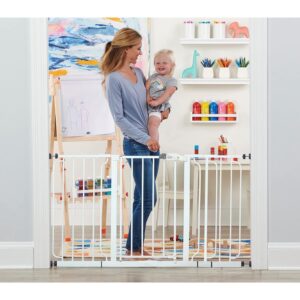
BUY NOW
$54.99
Once your baby starts crawling, they’ll want to explore every corner of your home, and that’s when baby gates come in handy. Whether blocking off stairs or keeping them out of certain rooms, baby gates are an easy way to limit where your little one can go.
- Pressure-Mounted Gates: These are super simple to install and work great for doorways or areas where you don’t need a permanent fixture. However, they’re not as sturdy as hardware-mounted gates, so avoid using them near stairs.
- Hardware-Mounted Gates: These gates are secured to the wall, making them much sturdier and safer, especially for high-risk areas like the top of stairs. This is the best choice if you’re worried about your baby toppling over.
A baby gate allows you to control where your baby can wander, letting you block off areas that aren’t baby-proofed or safe for them to explore.
4. Outlet Covers: Simple Fix for a Common Hazard
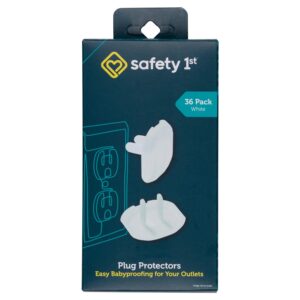
BUY NOW
$3.49
Babies love to poke around and discover new things, which can be adorable – until they start eyeing your electrical outlets. One easy and efficient answer is outlet covers to keep your baby from sticking their fingers or toys into dangerous outlets.
- Essential Outlet Plugs: These small plastic plugs fit into the outlet, blocking your baby from reaching inside. They’re affordable and easy to install, though they can be a little tricky for adults to remove if you need to use the outlet.
- Sliding Outlet Covers: These are great if you frequently need access to your outlets. They automatically slide closed when not in use, so you don’t have to worry about constantly removing and replacing plugs.
Outlet covers are a quick and inexpensive way to keep your baby safe from electrical shocks. Just pop them into all the low-level outlets your baby can reach, and you’re good to go.
5. Cabinet Locks: Keep Curious Hands Out of Harm’s Way
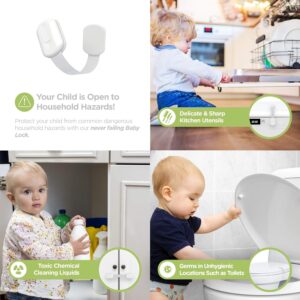
BUY NOW
$9.99
Your baby’s curiosity is beautiful – until they start opening cabinets and drawers full of cleaning supplies, sharp objects, or medications. That’s where cabinet locks come in. They ensure your baby can’t get into places where dangerous items might lurk.
- Adhesive Locks: These locks stick directly to the inside of your cabinet doors and are super easy to install. They’re perfect if you don’t want to drill holes in your furniture, but they might not hold up as well if your baby is determined to pull them open.
- Magnetic Locks: One really good choice are magnetic locks. if you’re looking for something a bit more secure and invisible. They require a unique magnetic key to open, making them baby-proof but still accessible for adults.
Cabinet locks are a must-have to prevent your baby from accessing dangerous items. They’re easy to install and a small investment for a big safety win.
6. Corner and Edge Guards: Prevent Bumps and Bruises
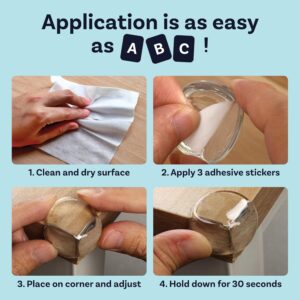
BUY NOW
$8.98
As your baby moves around more, they’re bound to bump into things. Sharp corners on tables or countertops can be a natural hazard for little ones learning to crawl or walk. Corner and edge guards are simple but effective solutions to prevent painful bumps and bruises.
- Foam Guards: These soft, cushiony covers wrap around sharp corners and edges, offering a protective barrier. They’re easy to apply and come in various shapes to fit different types of furniture.
- Silicone Guards: These are more durable than foam and blend better with furniture. They provide a long-lasting solution while still cushioning any accidental bumps.
Adding corner and edge guards around your home is an easy way to make your space safer for your baby. Plus, they’re inexpensive and quick to install.
7. Thermometer and First Aid Kit: Be Ready for Fevers and Bumps

BUY NOW
$15.76
Even with the best precautions, babies will occasionally get sick or have minor accidents. That’s why having a reliable thermometer and a first aid kit on hand is essential. Being prepared means you can handle minor issues quickly and effectively.
- Digital Thermometers: A digital thermometer is a must for checking your baby’s temperature. Look for one that’s fast and easy to use. Forehead and ear thermometers are great options for fussy babies.
- First Aid Kit: Your baby’s kit should include essentials like band-aids, antiseptic wipes, baby-safe pain relievers, and a nasal aspirator. Having these items ready ensures you can handle minor cuts, scrapes, or colds at home.
Being prepared with these tools allows you to respond quickly to any bumps, bruises, or fevers, keeping your baby as comfortable and safe as possible.
Conclusion
Baby-proofing your home can feel like a big task, but starting with these seven essential baby safety items makes the process much easier. A baby monitor helps you keep a watchful eye, while a car seat keeps your baby safe during travel. Baby gates, outlet covers, cabinet locks, and corner guards protect your home from the inevitable curiosity that comes with a mobile baby. Finally, having a thermometer and first aid kit ensures you’re ready for any minor health issues that arise. With these tools, you’ll feel confident that your home is safe for your baby to explore and grow.

